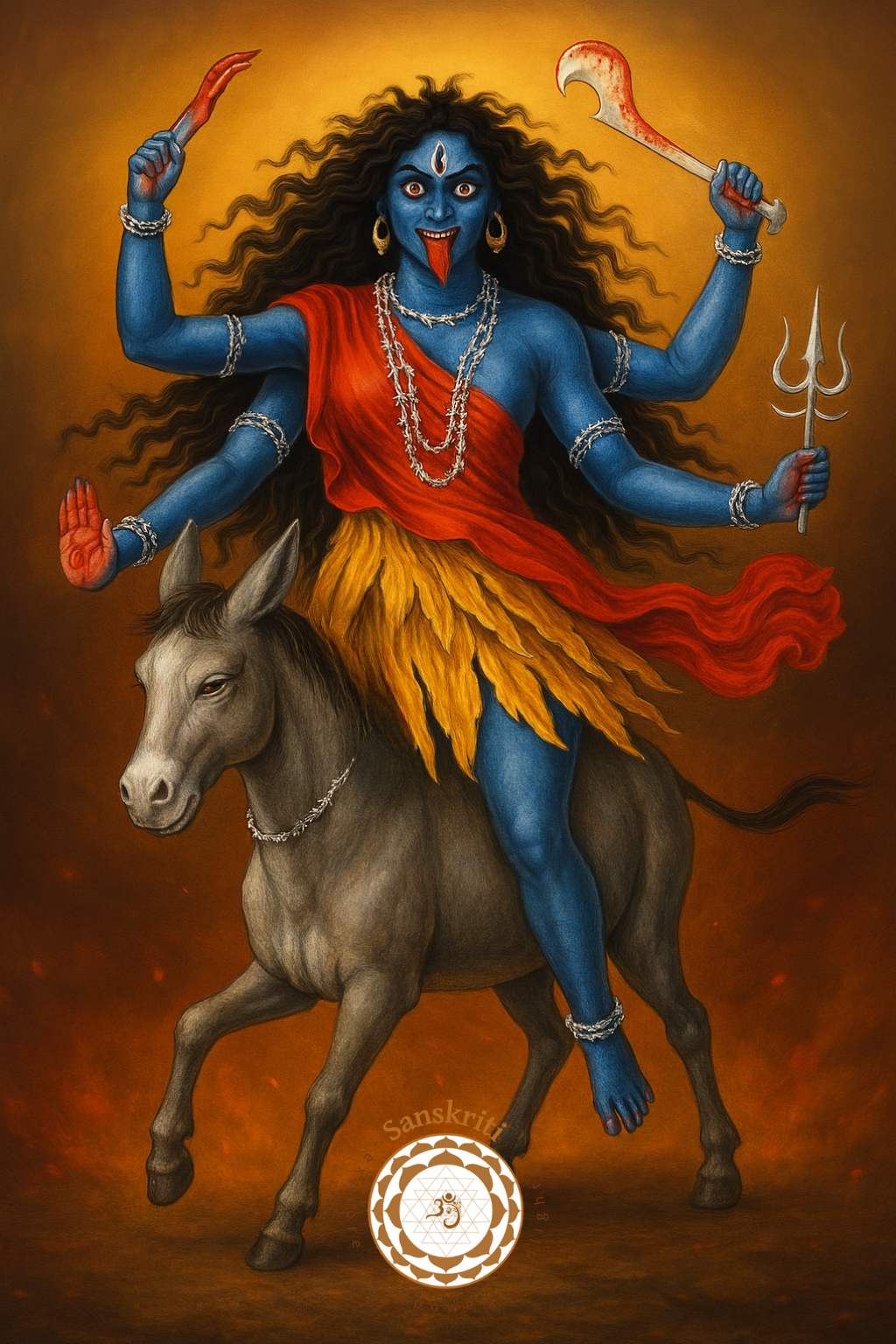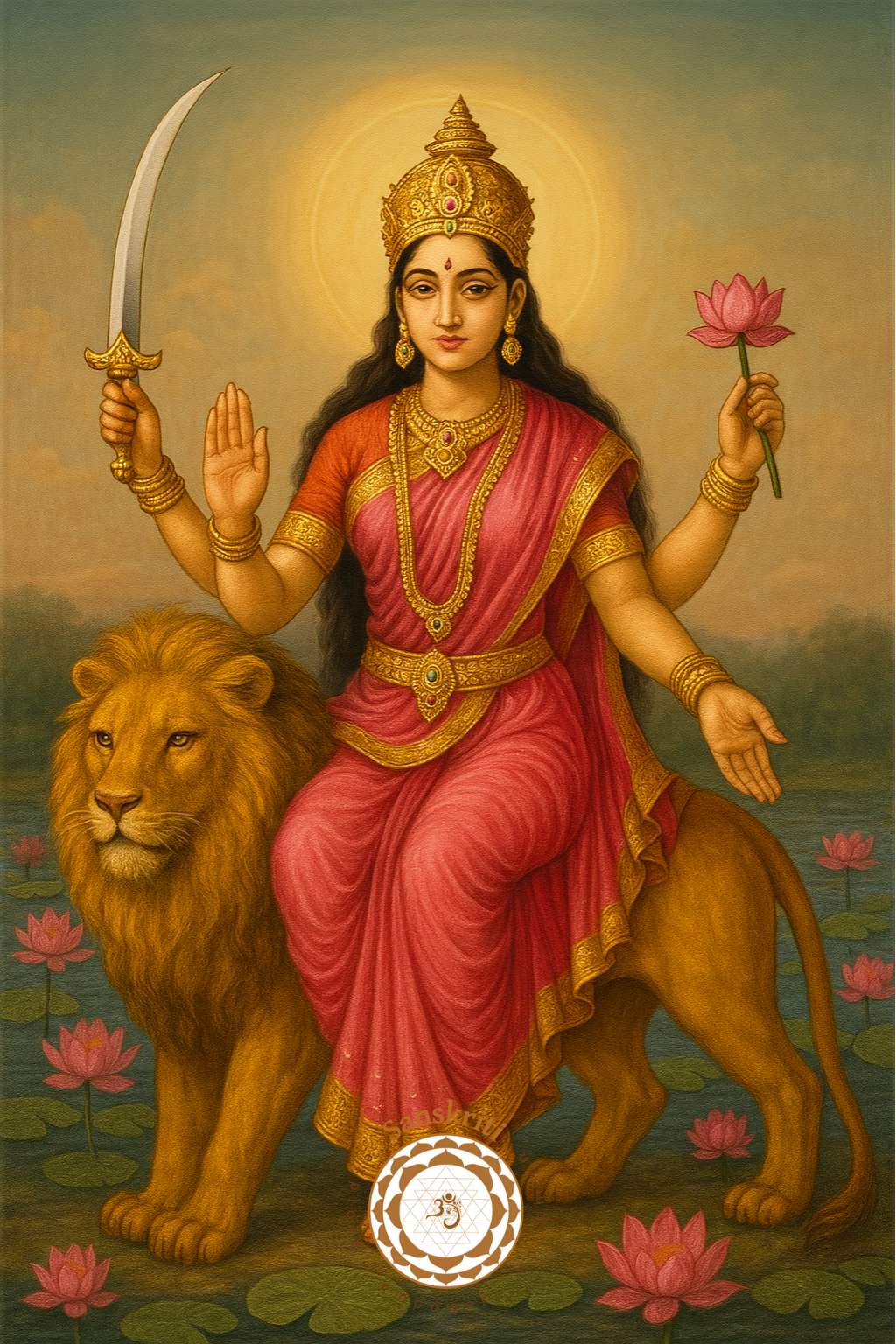Shuddhi Movement aimed to bring the converted Hindus back to the community, based on the authority of the Vedas.
Shuddhi Movement was started by Arya Samaj in early 20th century to bring back those Hindu people back to their religion, who had converted themselves to Islam and Christianity. Dayananda Saraswati claimed to be rejecting all non-Vedic beliefs altogether. Hence the Arya Samaj unequivocally condemned idolatry, animal sacrifices, ancestor worship, pilgrimages, priestcraft, offerings made in temples, the caste system, untouchability and child marriages, on the grounds that all these lacked Vedic sanction. It aimed to be a universal church based on the authority of the Vedas. The process of reconverting Hindus, who had embraced Islam known as Shuddhi, was accompanied by a Sanghathan movement, which was launched to unify the Hindus and organize them in self-defense. Literally speaking Shuddhi means purification but when used by the Arya Samajists, it means reconversion. The Samaj being a Vedic church received a considerable success in reconverting Hindus.
Nature and Reformation of Hindu Ideologies
The nature of scriptural authority in Hinduism is different from Islam and Christianity in the sense that these two world religions claimed more or less exclusive divine authority for their books, the Veda never put up any such claim. Hinduism thus suffered from the universal character of their scriptures. Dayananda Saraswati was aware of this disadvantage and was moved by the evalengical spirit of Christianity and Islam to create a similar militancy in Hinduism itself. He therefore, moved to give the Vedas the same degree of supernatural authority, which was claimed by the Quran and Bible.
By doing so Dayananda made a departure from the line of ancient Hindu fathers, but by doing so he rendered an immense service to the new nationalist movement in India. He saw these world religions making deep inroads into India and realized that unless action was taken, India would in course of time cease to be the land of the Hindus. Dayananda was impressed by the credal universalism of Christianity and Islam that he wanted to seek it for his own religion. Thus the logic behind statement on the Infallibility of the Vedas was that he wanted to build Hindu society and Hindu nation.
Consequences of Reformations in Hindu Ideologies
The reformations incorporated by Dayananda provoked the Muslims. The thought that how could the Arya Samaj break their 1200-year-old monopoly led to the murder of Lala Ram Chandra in Kashmir in 1923. This was followed by the foul murder of Swami Shraddhananada. Swami Dayananda was the founder of the Gurukul at Kangri, a unique educational institution, respected by the Hindus and Muslims during the Non-Cooperation Movement. He was also arrested during the Khilafat Movement.
Beginning of Shuddhi Movement
After his release of he found that Muslims were harassing Hindus, converting them. He launched the Shuddhi movement. Because of his saintly character, courage and moving oration more than 18,000 Muslims returned to Hindu fold in some parts of U.P. alone. They also succeeded in reconverting a number of Hindus who had been forcibly converted to Islam during the Mopla rebellion in Kerala in 1920. The Muslims were upset, oddly though some Hindu Congress leaders joined the Muslim chorus in denouncing the Swami.
Consequences of Shuddhi Movement
The Swami narrated one incident in his journal Liberator that as regards the removal of untouchability, it has been authoritatively ruled several times that is the duty of Hindus to expiate for their past sins and non-Hindus must have nothing to do with it. But the Muslims and Christian Congressmen openly revolted against this dictum. Even an unbiased leader Shri Yakub Hassan, openly called upon Muslims the duty of converting all the untouchables in India to Islam.
India`s first President Dr Rajendra Prasad exposed the double standards adopted by the critics of the Swami. He explained that it was difficult to understand how Christians and Muslims were objecting to the Shuddhi movement on its merits. The Hindus must have the same rights as propagating as others have. On 23 December 1926, when the Swami, after a serious attack of pneumonia, was lying in his bed, a Muslim by the name Abdul Rashid came to see him, asked for a glass of water and when the attendant went in, took out his revolver and shot at the Swami four times. When Rashid was caught and charge sheeted.
The Muslims collected a large fund for his defence.











